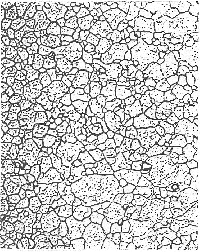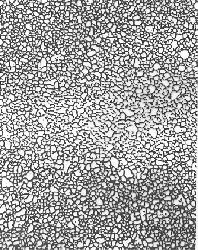| Desired Property | Materials not meeting requirement |
| Very good conductivity | All but Ag, Cu |
| High eutectic temperature with Si (> 800 oC would be good) |
Au, Pd, Al, Mg |
| Low diffusivity in Si | Cu, Ni, Li |
| Low oxidation rate; stable oxide | Refr. Metals, Mg, Fe, Cu, Ag |
| High melting point | Al, Mg, Cu |
| Minimal interaction with Si substrate | Pt, Pd, Rh, V, Ni , Mo, Cr (form silicides easily) |
| Minimal interaction with poly Si | Same as above |
| No interaction with SiO2 | Hf, Zr, Ti, Ta, Nb, V. Mg, Al |
| But must stick well to SiO2 | ? |
| Must also comply with other substrates, e.g. TiN | ? (see example for Al below) |
| Chemical stability, especially in HF environments | Fe, Co, Ni, Cu, Mg, Al |
| Easy structuring | Pt, Pd, Ni, Co, Au |
| Electromigration resistant | Al, Cu |
| .... and many more,... |

